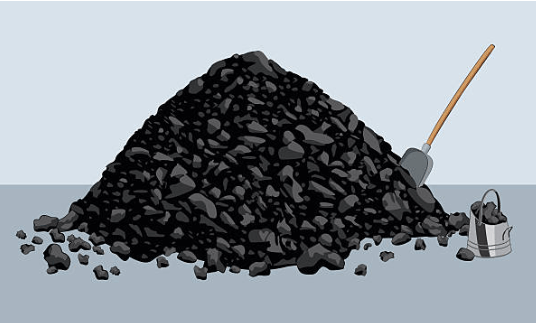Clipart:Cwqsk8q79ru= Coal

The portrayal of coal in clipart serves as a multifaceted lens through which we can examine its historical significance and contemporary implications. Once a catalyst for industrial advancement, coal’s legacy is now complicated by its environmental repercussions, including significant contributions to climate change and ecological disruption. As the world increasingly prioritizes sustainable energy solutions, the imagery of coal invites a critical evaluation of our energy choices and their long-term effects. This juxtaposition raises essential questions about the future of energy and the path we are forging for upcoming generations.
Historical Significance of Coal
Coal has played a pivotal role in shaping industrial societies, fueling the engines of progress and transforming economies since the dawn of the Industrial Revolution.
As a primary energy source, it ignited the fires of innovation, enabling factories to thrive and cities to expand.
This black gold not only powered machines but also carved pathways to freedom, empowering generations to redefine their destinies.
See also: Clipart:6flsthamxjw= Dog
Environmental Impact of Coal
The extraction and combustion of coal have unleashed a cascade of environmental challenges, from air pollution and greenhouse gas emissions to habitat destruction and water contamination.
Coal mining disrupts ecosystems, while carbon emissions contribute significantly to climate change, affecting global temperatures and weather patterns.
The impacts are profound, threatening biodiversity and the health of communities, ultimately undermining our collective quest for a sustainable future.
Future of Coal Energy
As global energy demands evolve and environmental concerns mount, the future of coal energy faces critical scrutiny and transformation.
Innovative coal technologies aim to reduce emissions and increase efficiency, yet renewable alternatives like solar and wind are rapidly gaining traction.
To navigate this energy landscape, coal must adapt, embracing cleaner practices while competing with the growing allure of sustainable solutions that promise freedom from environmental harm.
Conclusion
In the tapestry of industrial history, coal weaves both prosperity and peril, serving as a double-edged sword.
While it propelled nations into modernity, the shadows of its environmental toll loom large.
As the world pivots towards renewable energy, the legacy of coal becomes a poignant reminder of the past’s impact on the planet.
Embracing sustainable alternatives illuminates a path forward, transforming the ashes of reliance into the seeds of a greener, more harmonious future.




